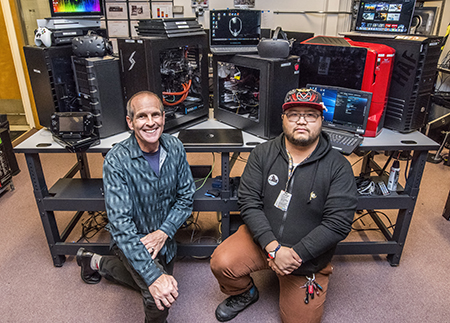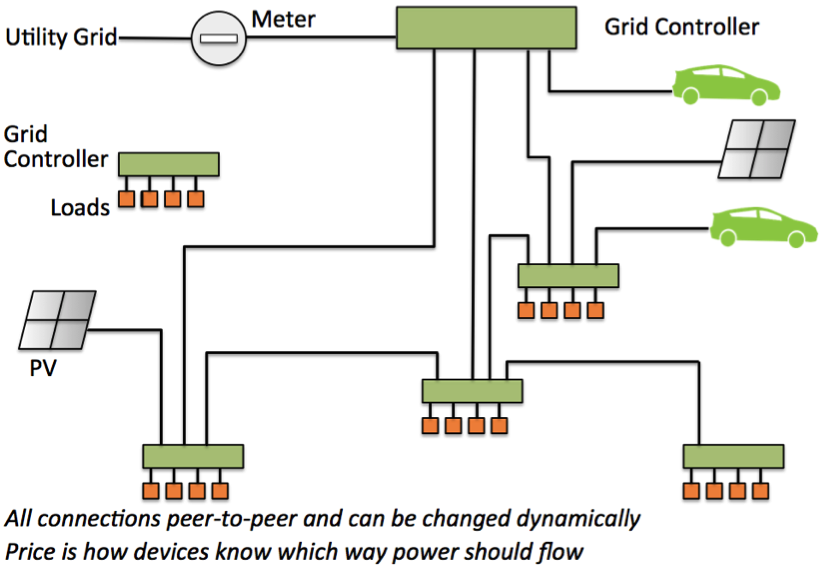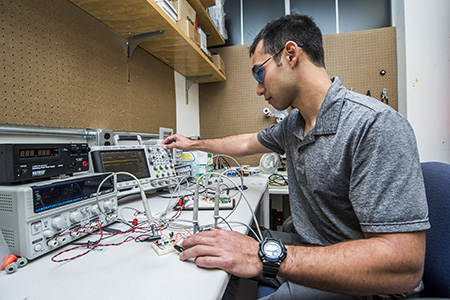Electronics, Lighting & Networks
Our research focuses on reducing the electricity use of consumer electronics and computer equipment. Major areas of our work include reducing standby power; using data from networks to improve energy-efficiency; reduction of plug loads and electric loads; advising ENERGY STAR on efficiency specifications; and participating in the development of technical standards to ensure they promote energy-efficiency.
Electronics, Lighting & Networks
 Electronics
Electronics
Electronics now consume about 10% of the nation's electricity use. We make these devices more energy-efficient through both hardware and software improvements. Our activities include:
- Reducing standby and network-induced energy use in all products
- Using information from networks to improve power management in all products
- Measurement and reduction of miscellaneous electric loads ("MELs")
- Advising the ENERGY STAR program on efficiency specifications
- Participating in the development of technical standards to ensure they promote energy-efficient operation

Lighting
We research technologies to deliver more productive illumination while minimizing energy consumption. Our work focuses on sensors, controls and luminaires integrated over intelligent networks to provide high-quality lighting. Networked, highly efficient lighting creates distributed points of intelligence that enable buildings to become a grid-responsive energy resource. Our activities include:
- Testing and calibration of lighting controls systems' algorithms
- Field verification of adaptive lighting systems and other networked controls applications
- Evaluating advanced-technology lighting systems performance in federal buildings
- Developing content for user interface standards

Networks
Devices are increasingly linked to networks that enable flexible and efficient information exchange. But a poorly designed network causes unnecessary energy use and may even induce higher energy use. We research communications protocols, power management strategies and other methods to ensure that power is used only when needed. Our activities include:
- Measuring effectiveness of cloud-delivered services (such as those for Internet-connected thermostats)
- Improving effectiveness of user interfaces
- New architectures for power distribution in buildings — "nanogrids" — based on a digitally managed network model of power
- Developing open-source building networks to manage energy use and improve services

Building Sensors and Controls
Energy-efficient buildings and equipment rely on an expanding portfolio of sensors and controls to optimize their operation. We develop new sensors, controls and protocols to enable more reliable and economic data exchange. Our activities include:
- Building devices to measure power and provide communication
- Building low-cost metering technologies and solutions in existing buildings
- Linking sensors and controls to open-source building networks to manage energy use and improve services
- Collecting information through existing sensor networks
- Improving or creating standards for energy reporting for devices to report their own energy use to the local network
Links
Façades website: facades.lbl.gov
Windows and Daylighting website: windows.lbl.gov

